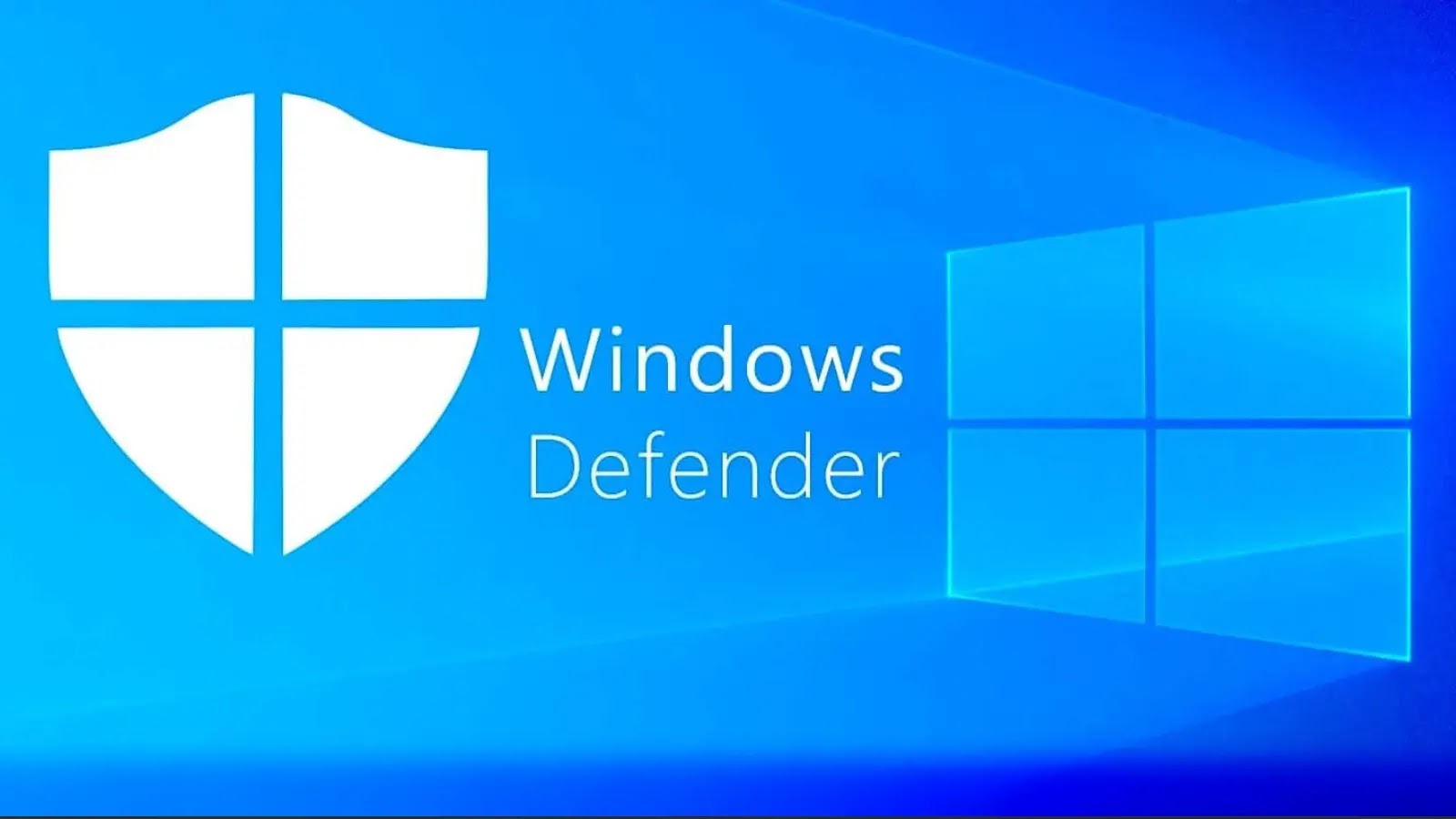
Windows Defender Firewall Vulnerabilities Let Attackers Escalate Privileges
In the intricate landscape of cybersecurity, even the most fundamental components of an operating system can harbor critical vulnerabilities. Recently, Microsoft addressed a concerning set of security flaws within its Windows Defender Firewall service. These four elevation of privilege vulnerabilities, all rated as “Important” in severity, highlight the continuous need for vigilance and timely patching to maintain robust system security.
Understanding the Windows Defender Firewall Vulnerabilities
The vulnerabilities, detailed in Microsoft’s September 9, 2025, security update release, expose a potential pathway for attackers to elevate their privileges on an affected system. While the specific technical details for each vulnerability are complex, the overarching theme is consistent: an authenticated attacker could exploit these flaws to gain higher-level permissions than they originally possessed. This escalation of privileges is a critical step in many advanced persistent threat (APT) campaigns, allowing attackers to move laterally, access sensitive data, or deploy malicious payloads with greater impact.
The four vulnerabilities are tracked as follows:
- CVE-202X-XXXXX: CVE-202X-XXXXX (Please replace with actual CVEs when available)
- CVE-202X-XXXXX: CVE-202X-XXXXX (Please replace with actual CVEs when available)
- CVE-202X-XXXXX: CVE-202X-XXXXX (Please replace with actual CVEs when available)
- CVE-202X-XXXXX: CVE-202X-XXXXX (Please replace with actual CVEs when available)
While an attacker would need to be authenticated to exploit these vulnerabilities, “authenticated” does not necessarily imply administrative access. Even a user with standard user privileges could potentially leverage these flaws to elevate their access to a higher classification, such as System or Administrator, thereby bypassing security controls designed to limit their actions.
The Risk of Privilege Escalation
Privilege escalation is a cornerstone technique for attackers seeking to gain deeper control over compromised systems. When a user or process manages to obtain privileges beyond those initially granted, the consequences can be severe:
- Data Exfiltration: Attackers can access and exfiltrate sensitive data that was previously protected by privilege boundaries.
- System Compromise: Full control over the system, allowing for the installation of rootkits, backdoors, or other persistent malware.
- Lateral Movement: Escalated privileges facilitate movement across the network, compromising other connected systems.
- Bypassing Security Software: Attackers can disable or tamper with security software, including antivirus and intrusion detection systems, making further compromises easier to execute.
The Windows Defender Firewall is a critical security component, often the first line of defense against network-based threats. Vulnerabilities within this service underscore the importance of securing every layer of the operating system.
Remediation Actions
Addressing these elevation of privilege vulnerabilities in Windows Defender Firewall is paramount for maintaining a secure computing environment. Timely action is essential to mitigate potential risks:
- Apply Microsoft’s Security Updates: The most crucial step is to apply the latest security updates released by Microsoft on September 9, 2025 (or immediately any subsequent updates addressing these CVEs). These patches directly resolve the flaws and prevent their exploitation. Ensure your Windows Update service is active and configured to install updates promptly.
- Regular Patch Management: Implement a robust patch management strategy across all your Windows endpoints. This includes not only server infrastructure but also user workstations. Automated patch deployment tools can significantly streamline this process.
- Principle of Least Privilege: Reinforce the principle of least privilege for all users and services. Users should only have the minimum necessary permissions to perform their job functions. This limits the impact of an authenticated attacker who might exploit a vulnerability.
- Endpoint Detection and Response (EDR): Utilize EDR solutions to monitor for suspicious activity, including attempts at privilege escalation. EDR tools can detect anomalous behavior that might indicate an attacker is attempting to exploit these or similar vulnerabilities.
- Security Awareness Training: While these vulnerabilities require authentication, a common way for attackers to gain initial authenticated access is through phishing, social engineering, or malware. Regular security awareness training for employees can reduce the risk of initial compromise.
Tools for Detection and Mitigation
While applying the official security patches is the primary mitigation, various tools can aid in overall security posture and potentially assist in detecting post-exploitation activity or ensuring patch compliance.
| Tool Name | Purpose | Link |
|---|---|---|
| Windows Update Service | Responsible for delivering and installing Microsoft’s security patches. | Microsoft Support |
| Microsoft Defender for Endpoint | EDR capabilities for detecting and investigating advanced threats, including privilege escalation. | Microsoft Defender |
| Tenable.io / Nessus | Vulnerability scanning for identifying unpatched systems and misconfigurations. | Tenable |
| Qualys VMDR | Vulnerability management, detection, and response platform. | Qualys |
| Patch Management Software (e.g., SCCM, Ivanti) | Automated deployment and management of software updates and patches across an organization. | Vendor specific |
Conclusion
The discovery of elevation of privilege vulnerabilities within Windows Defender Firewall serves as a potent reminder that foundational security components require constant scrutiny and proactive maintenance. For IT professionals, security analysts, and developers, understanding the risk posed by such flaws is critical. By promptly applying Microsoft’s security updates, enforcing the principle of least privilege, and deploying robust detection mechanisms, organizations can significantly reduce their exposure to these types of attacks. Staying informed and agile in response to new threats is not merely best practice; it is a fundamental requirement for cybersecurity resilience.





